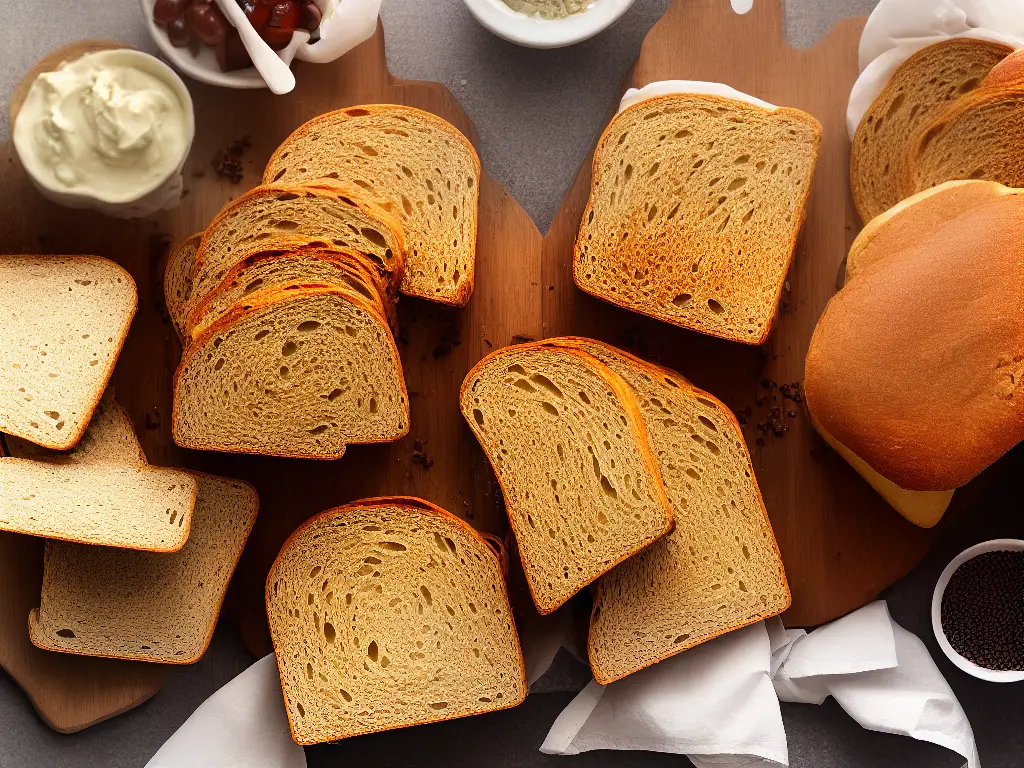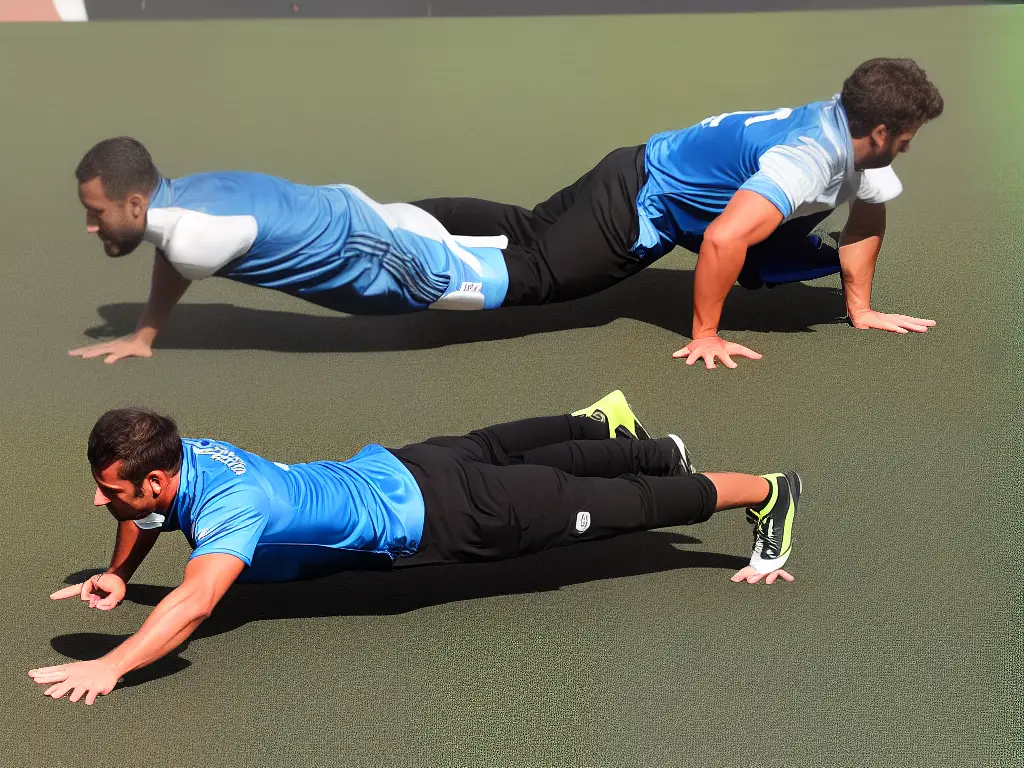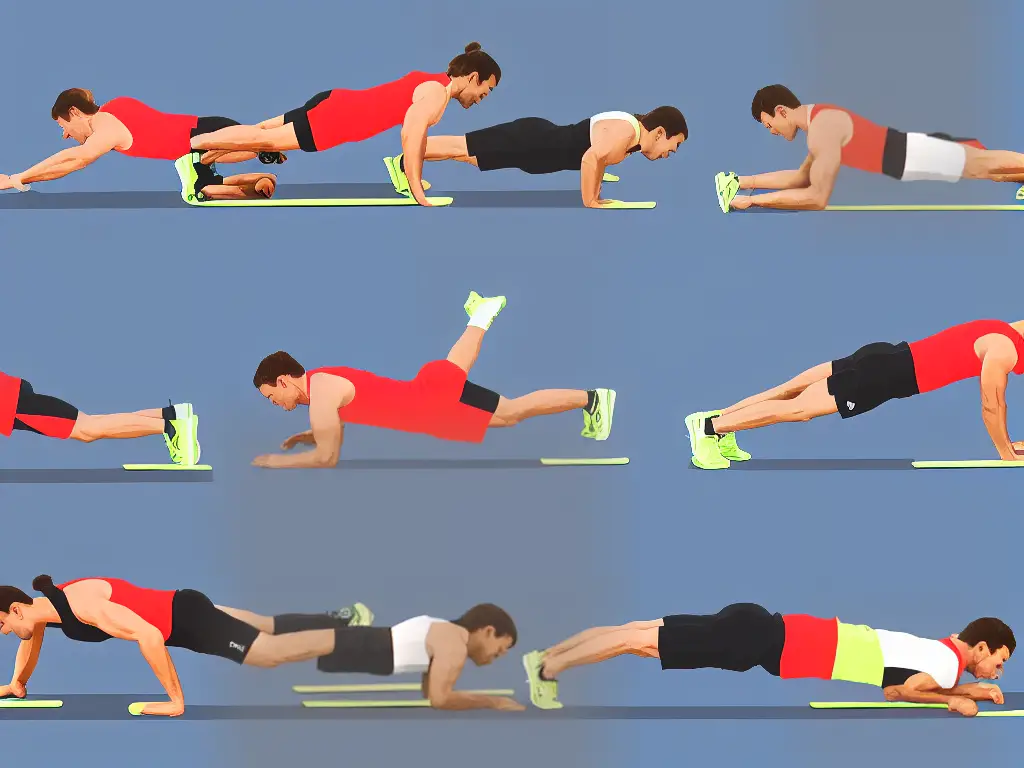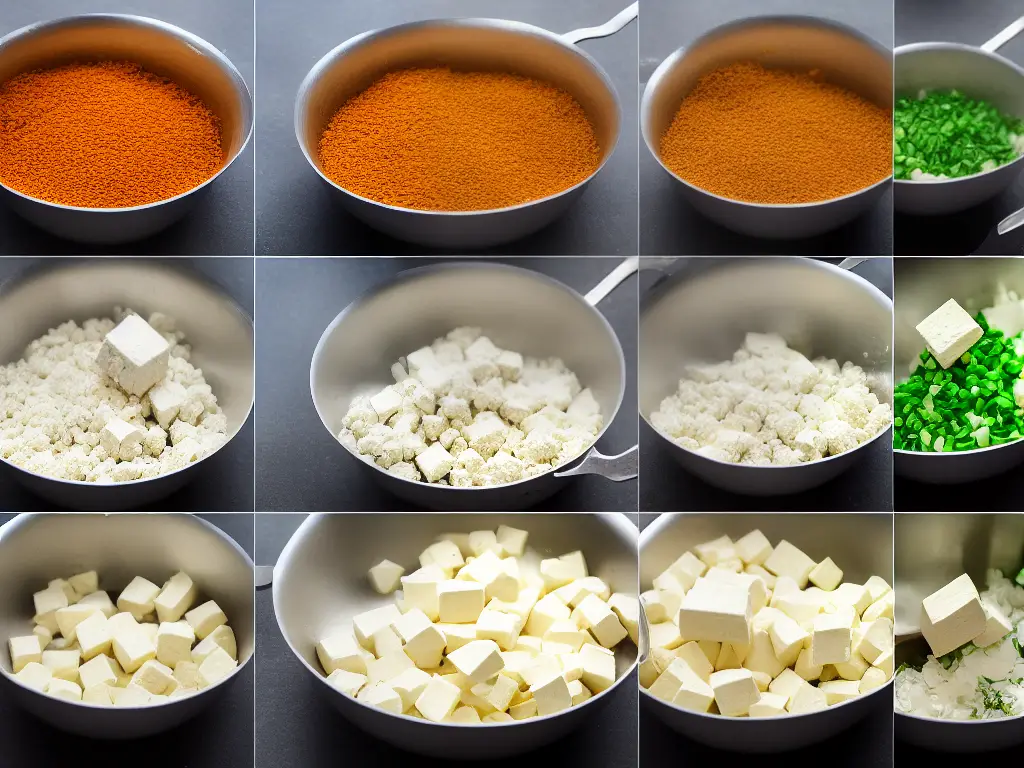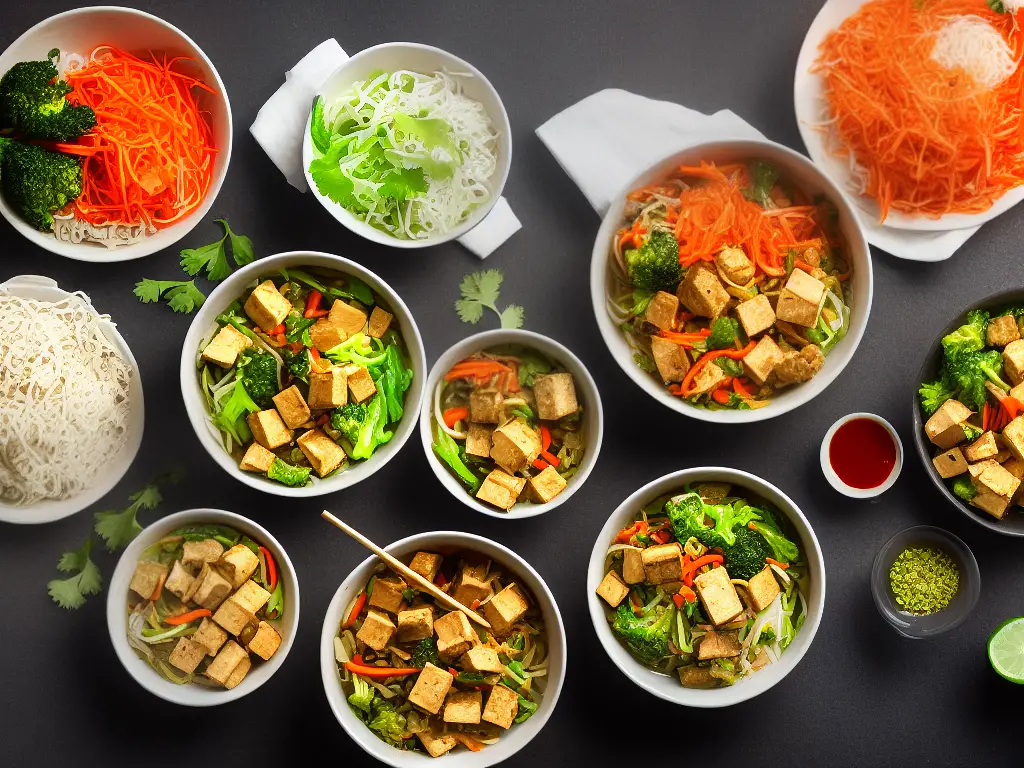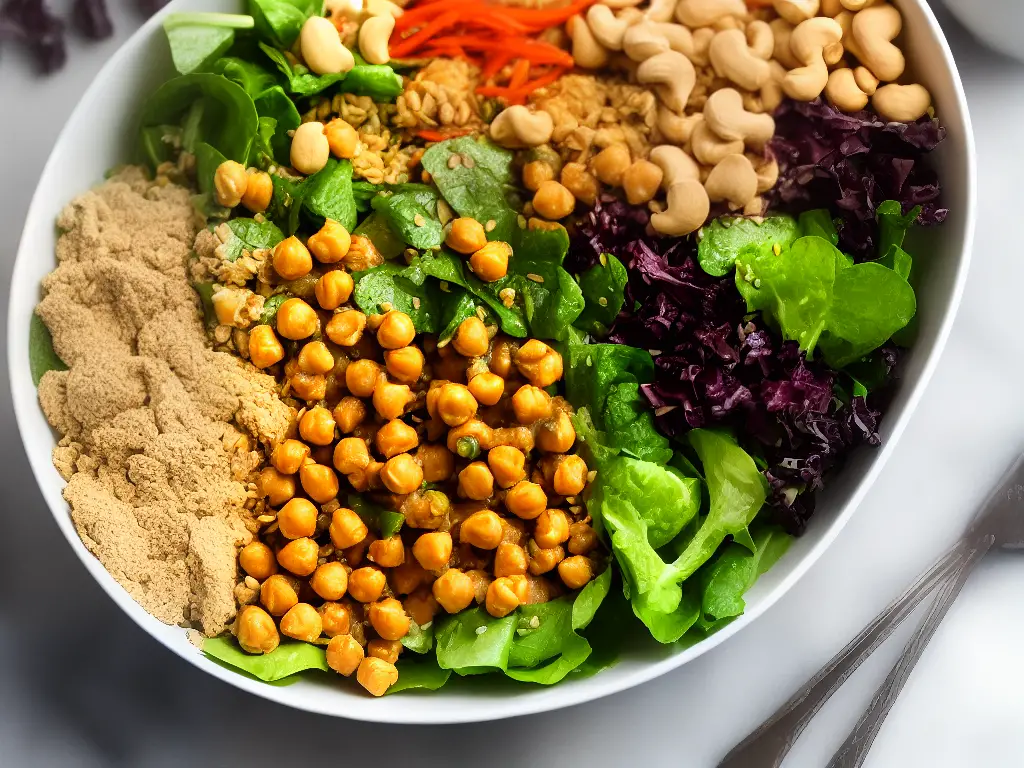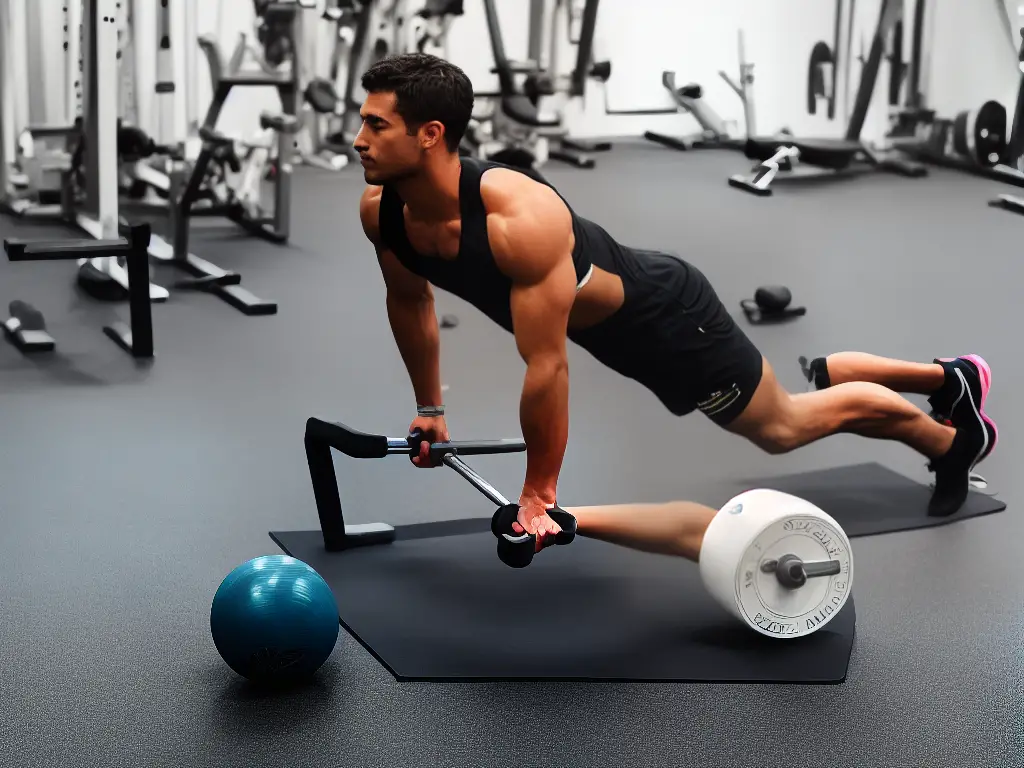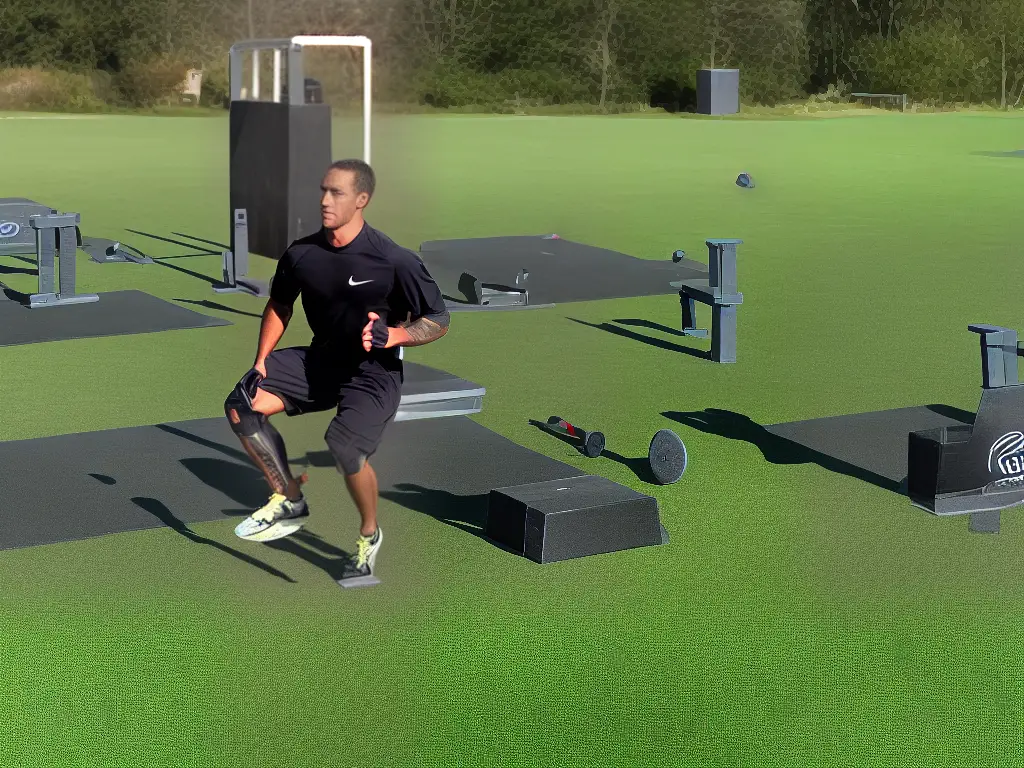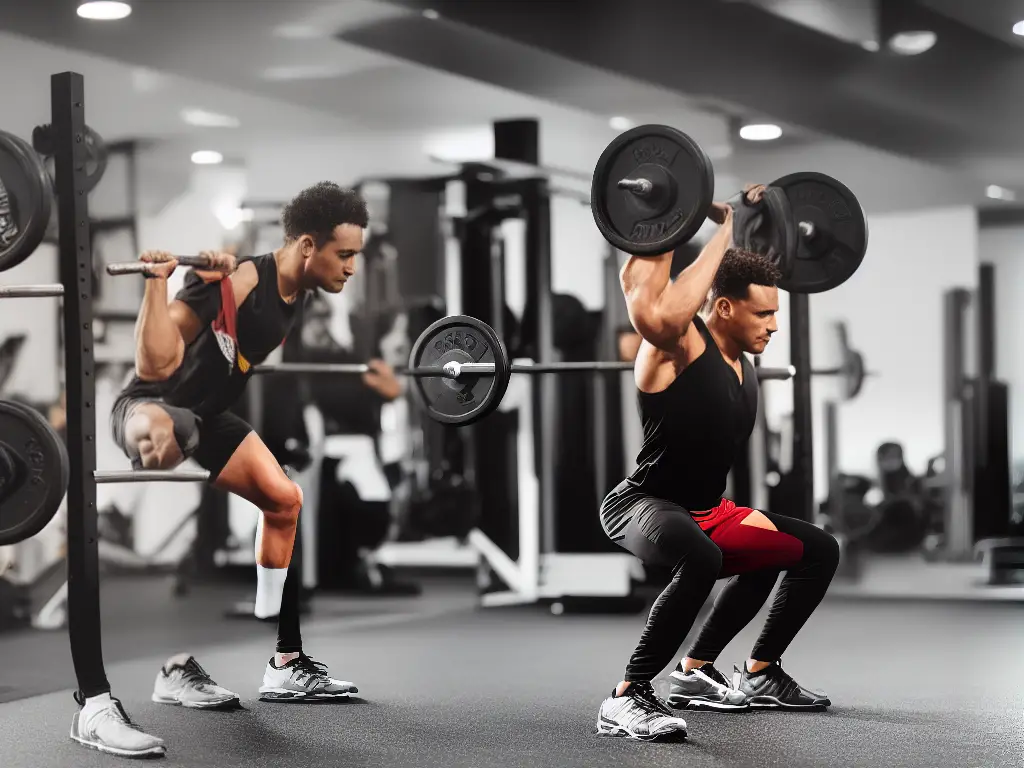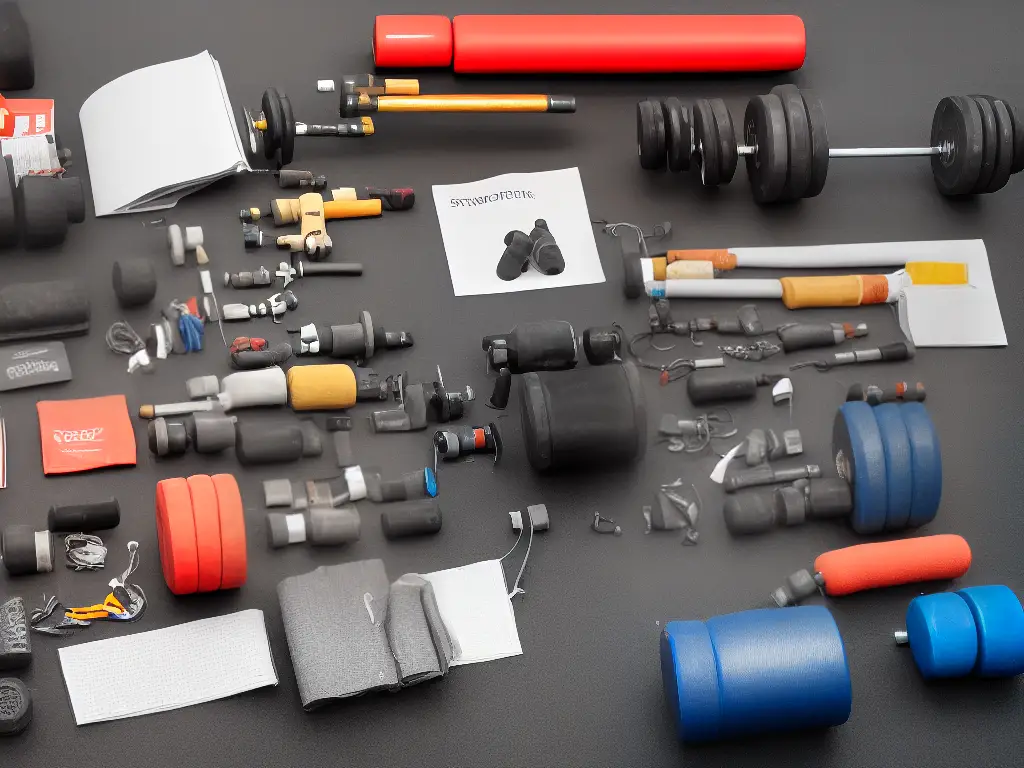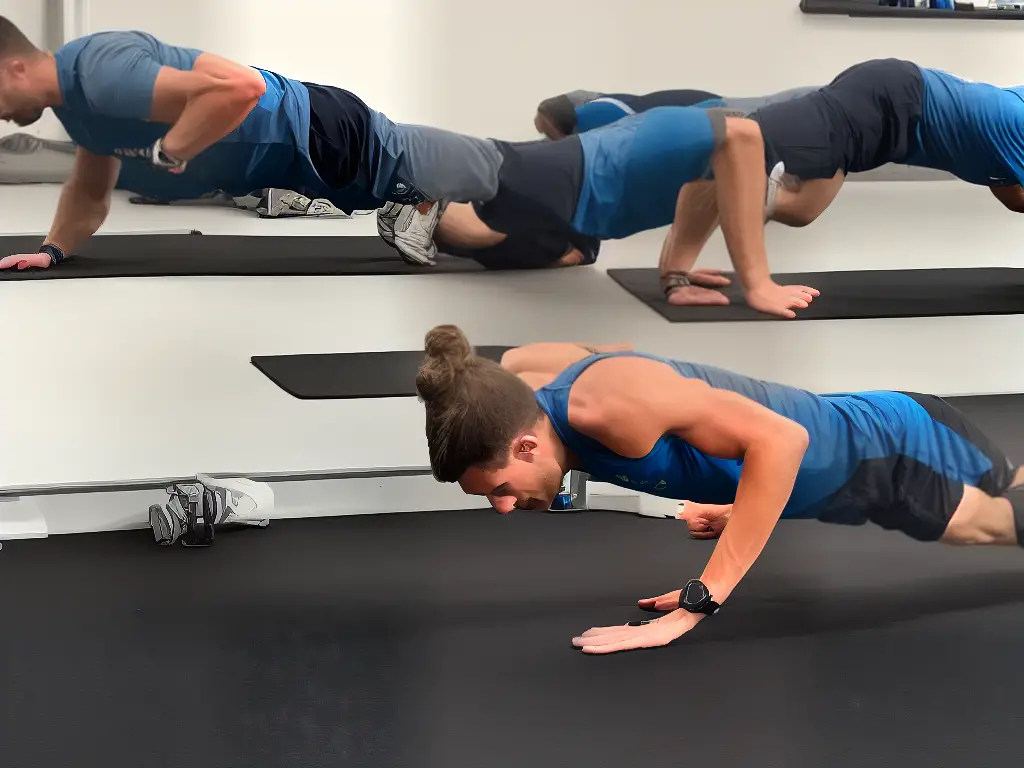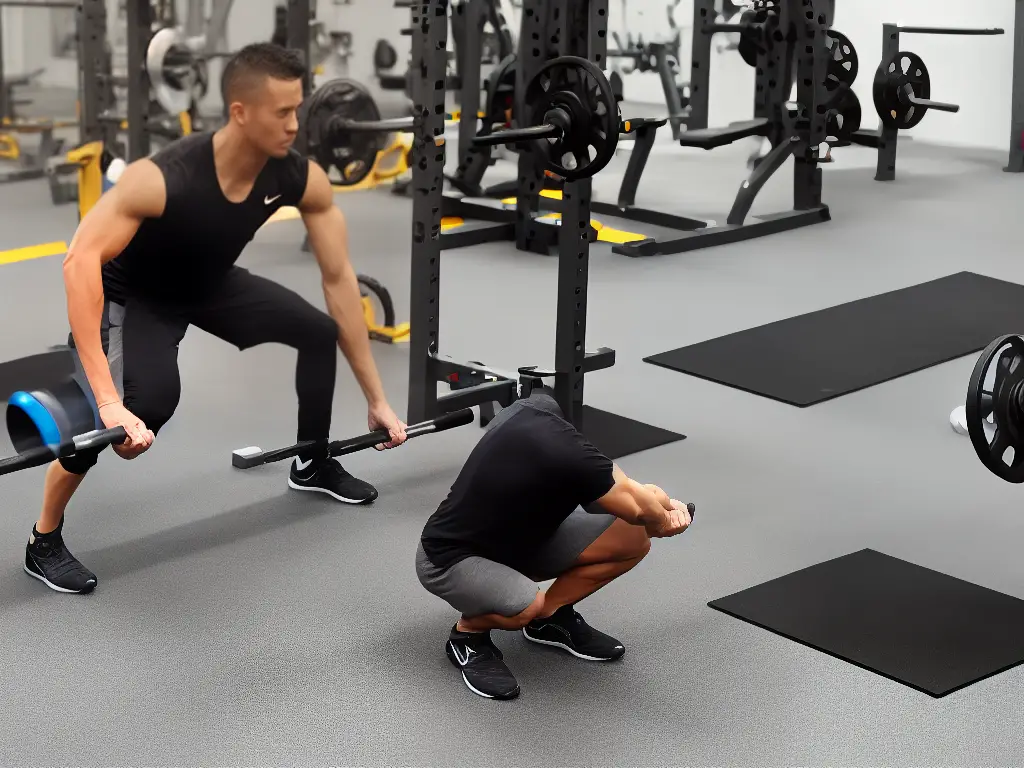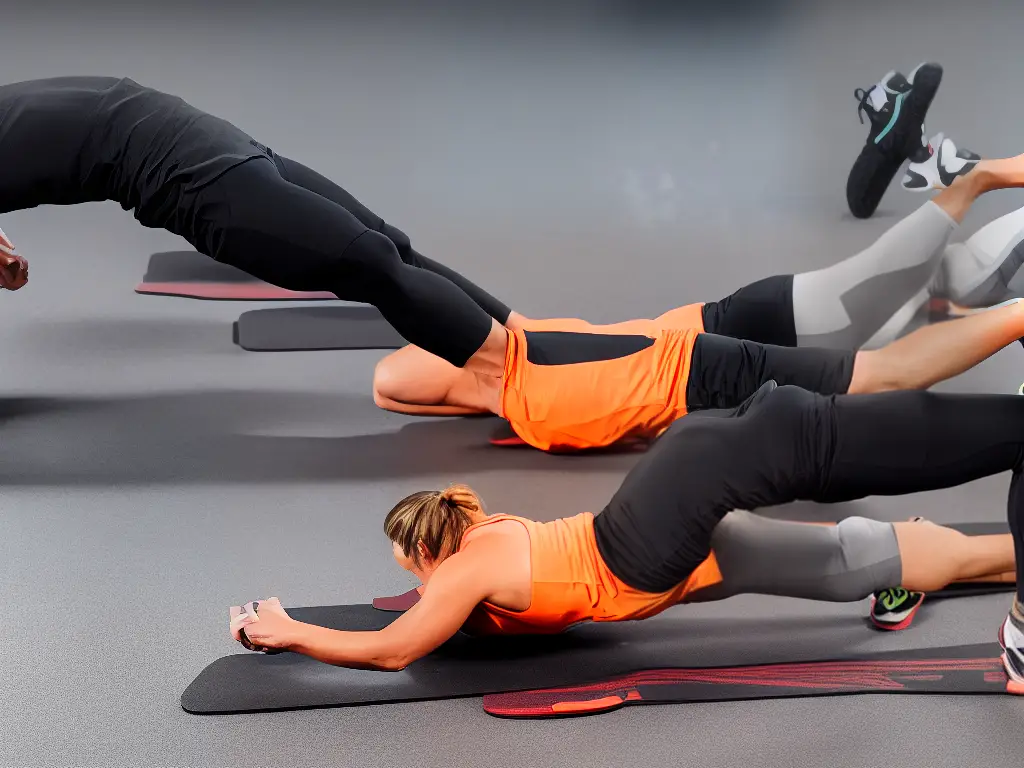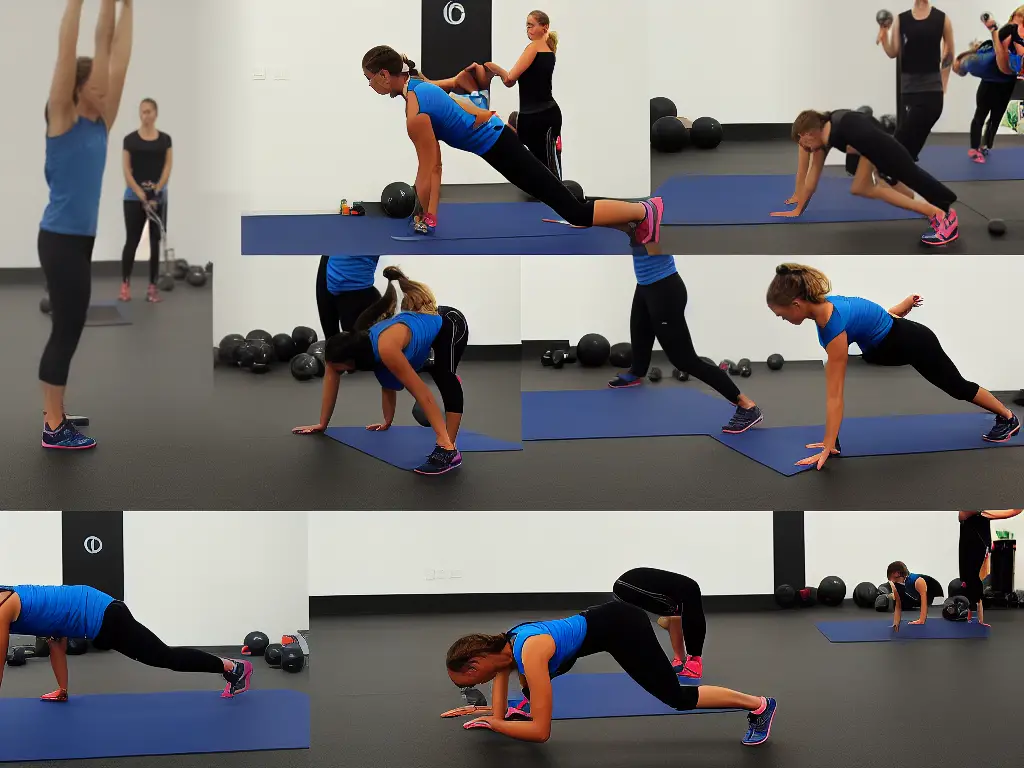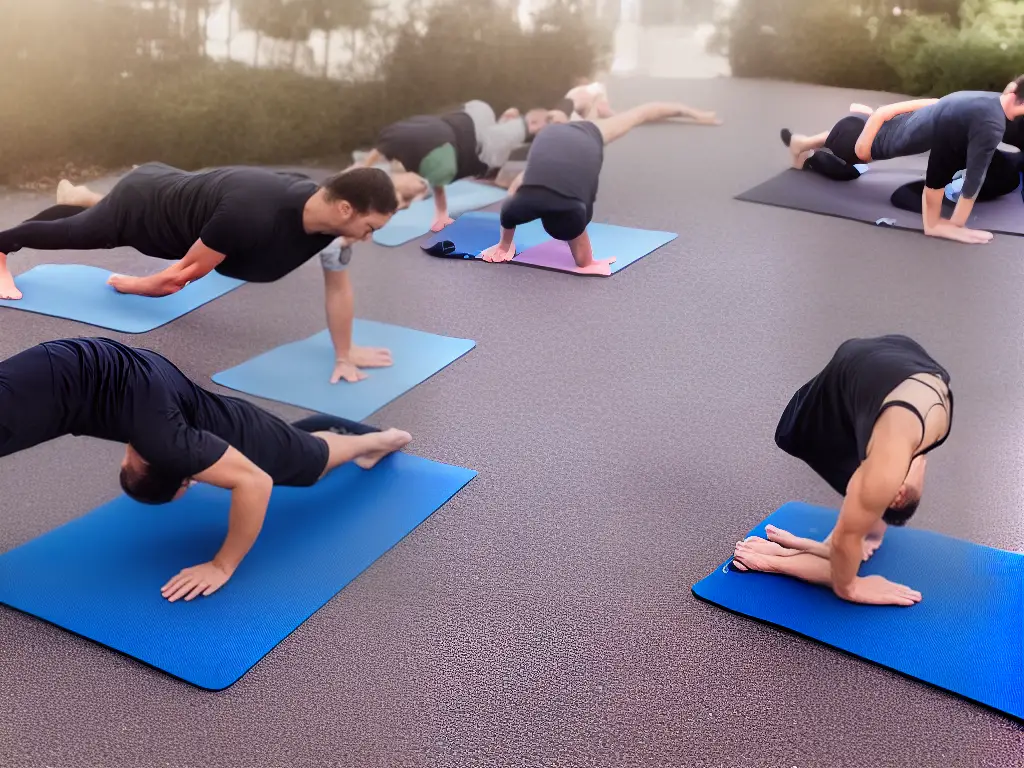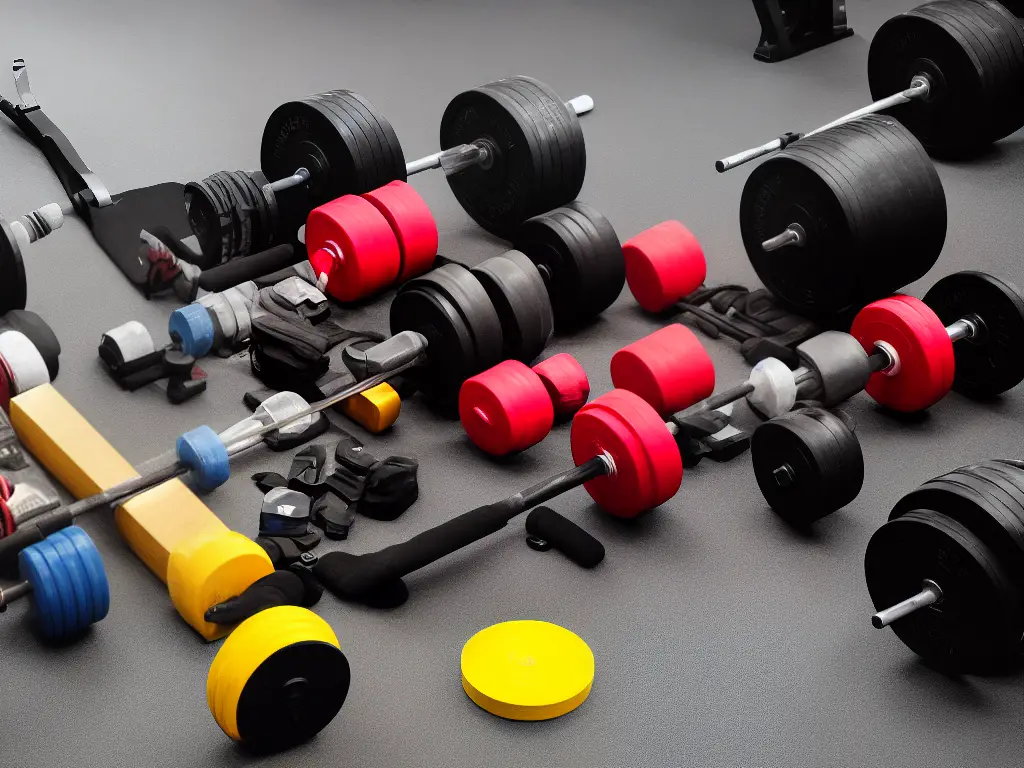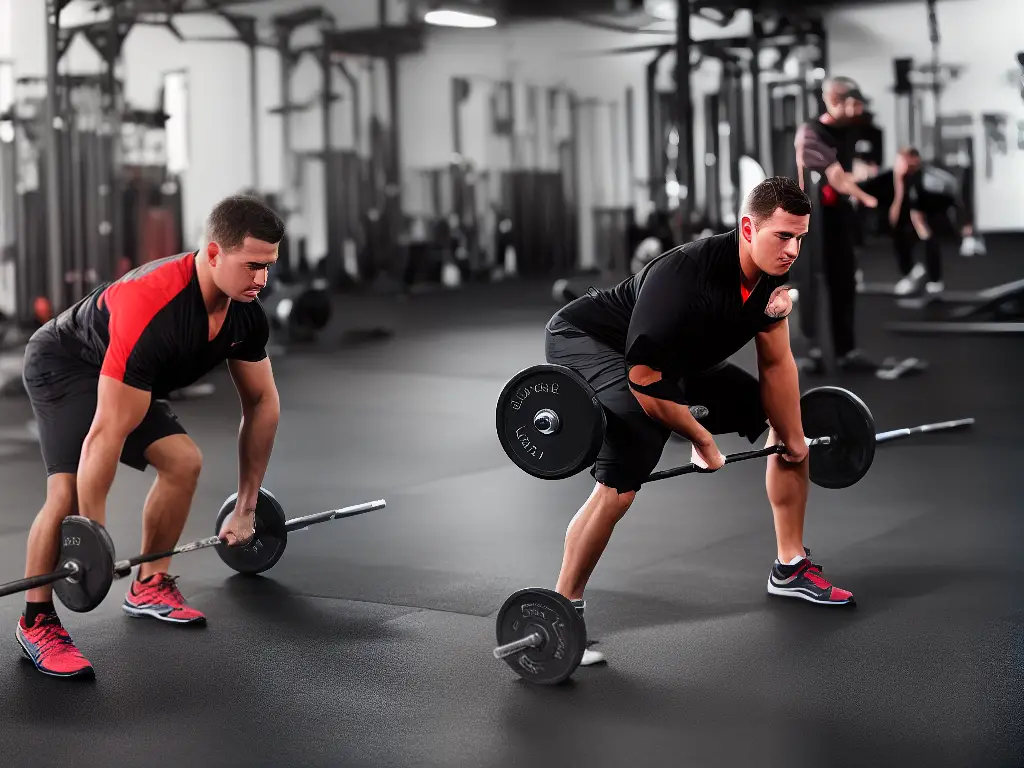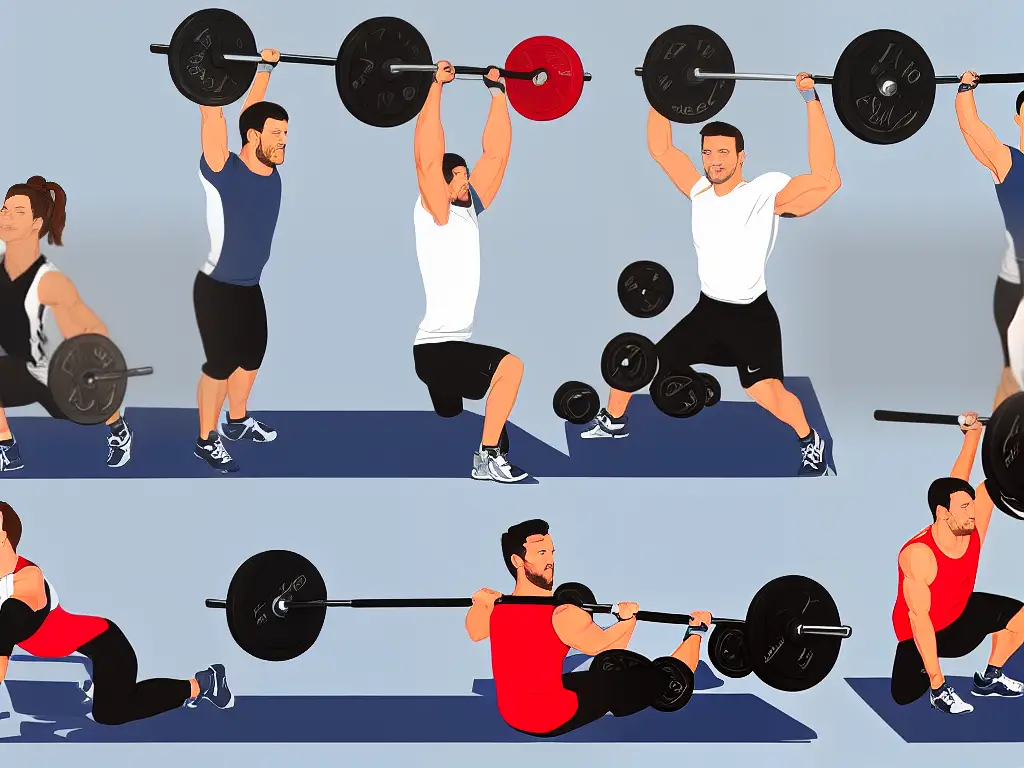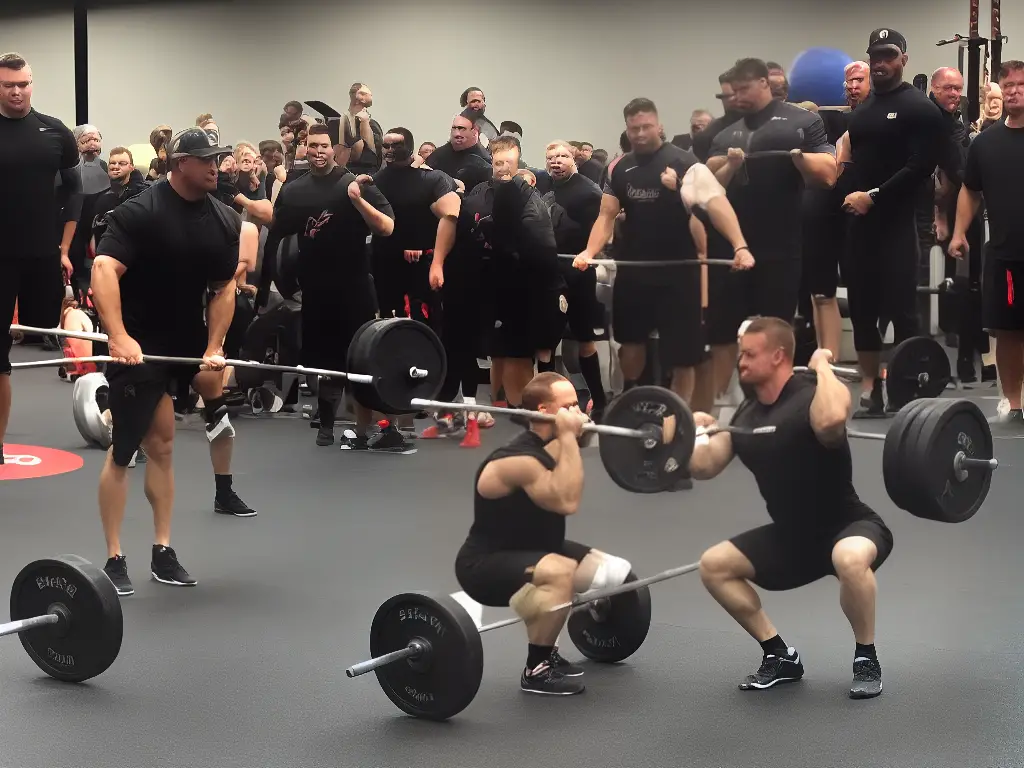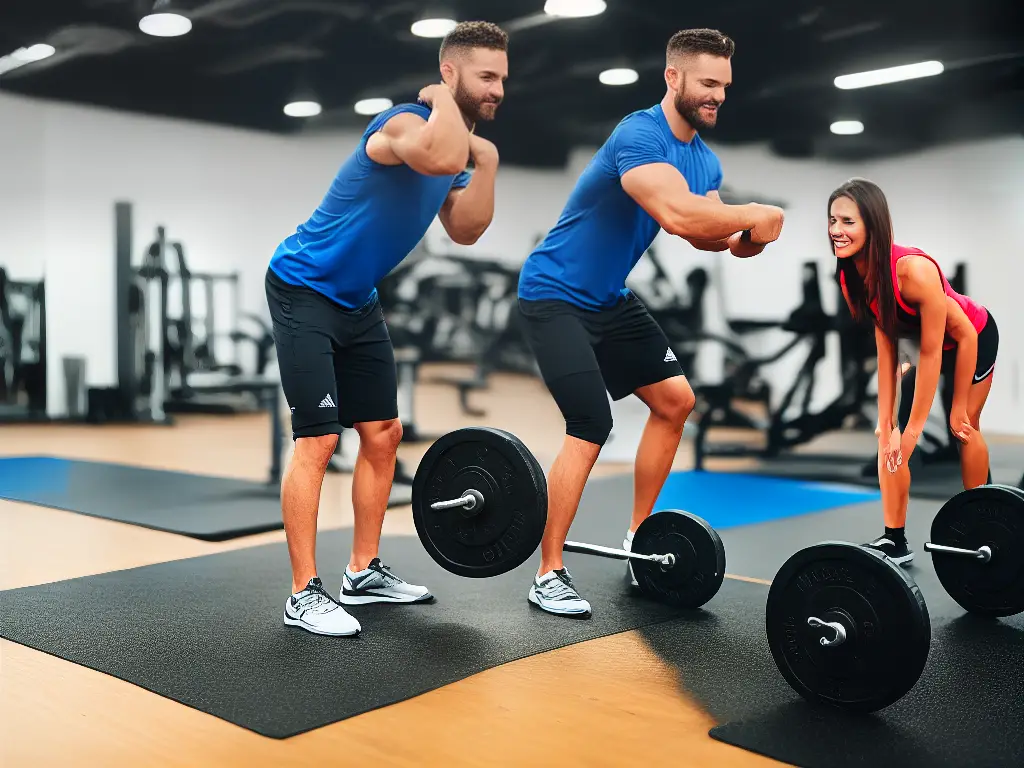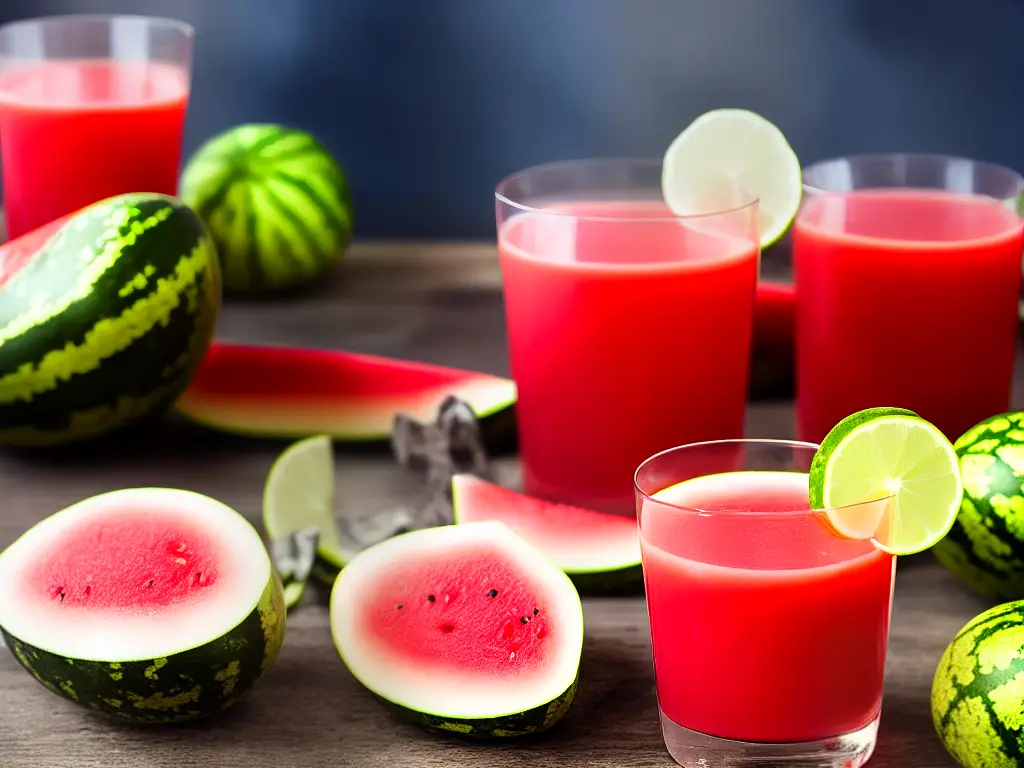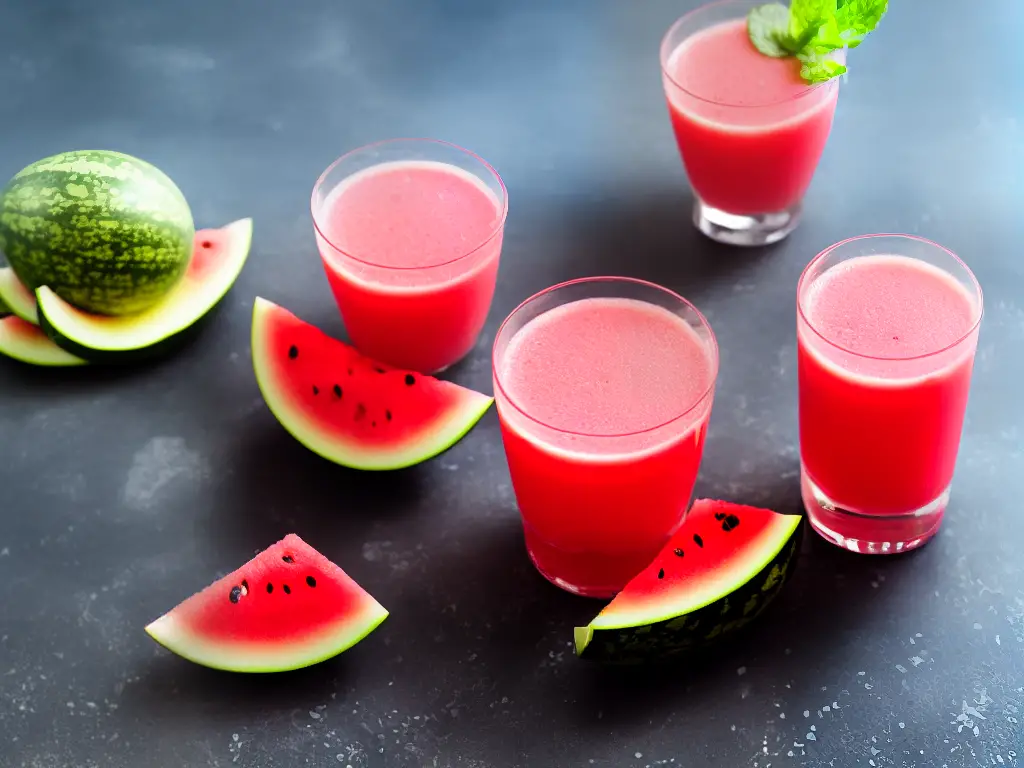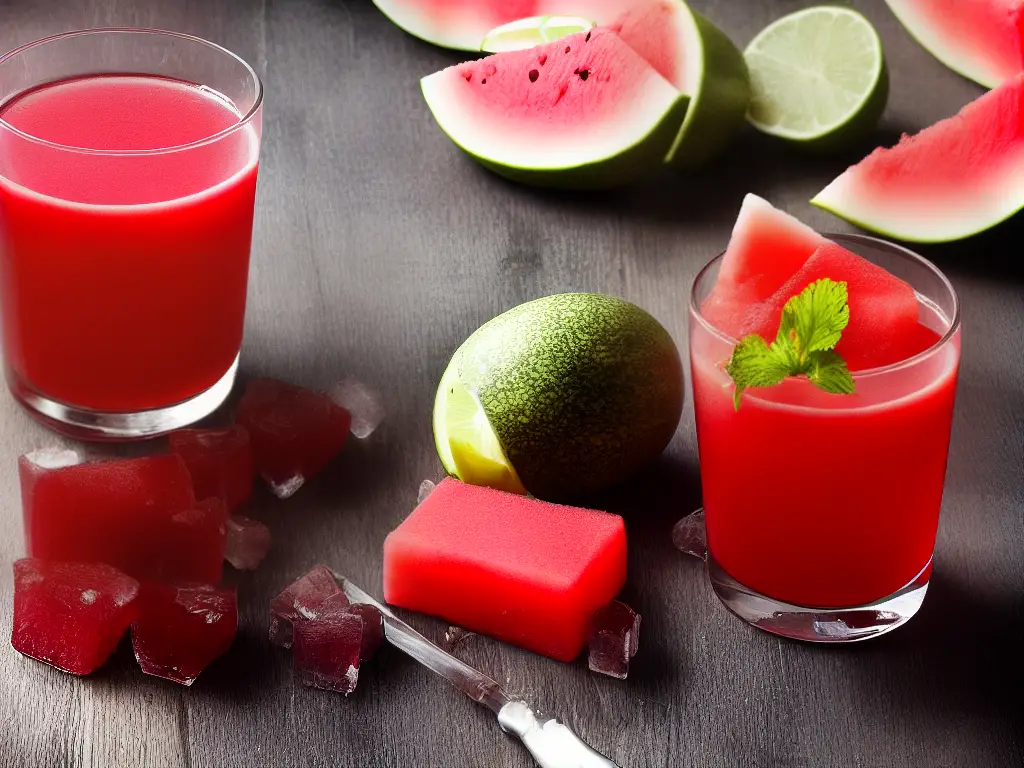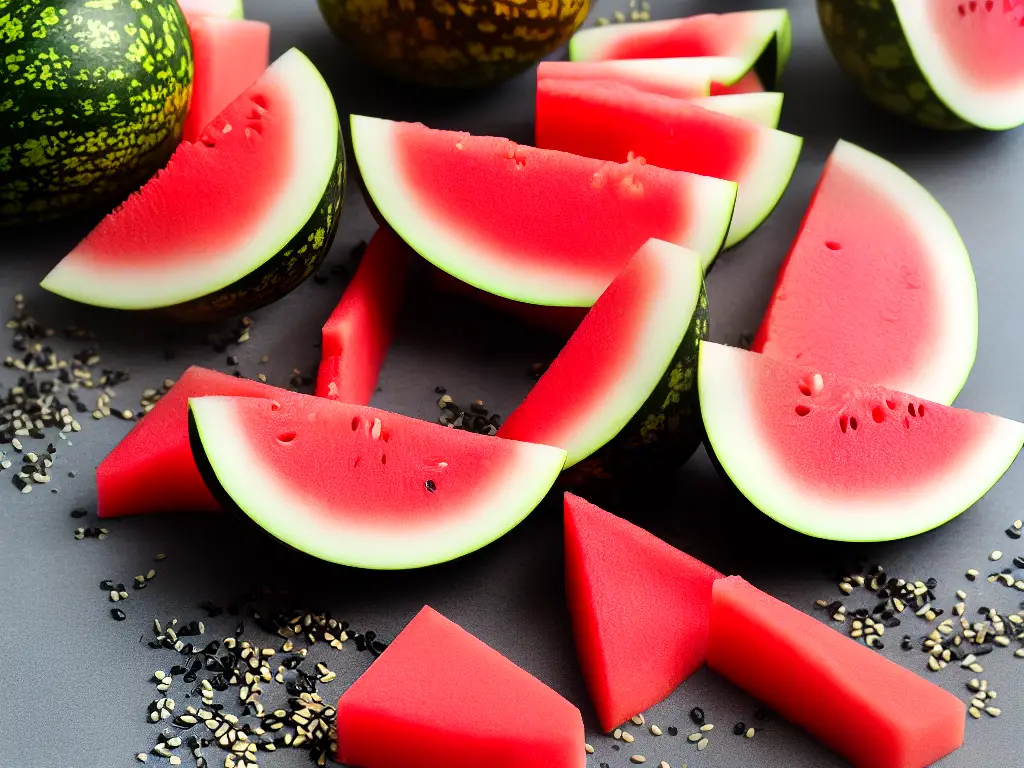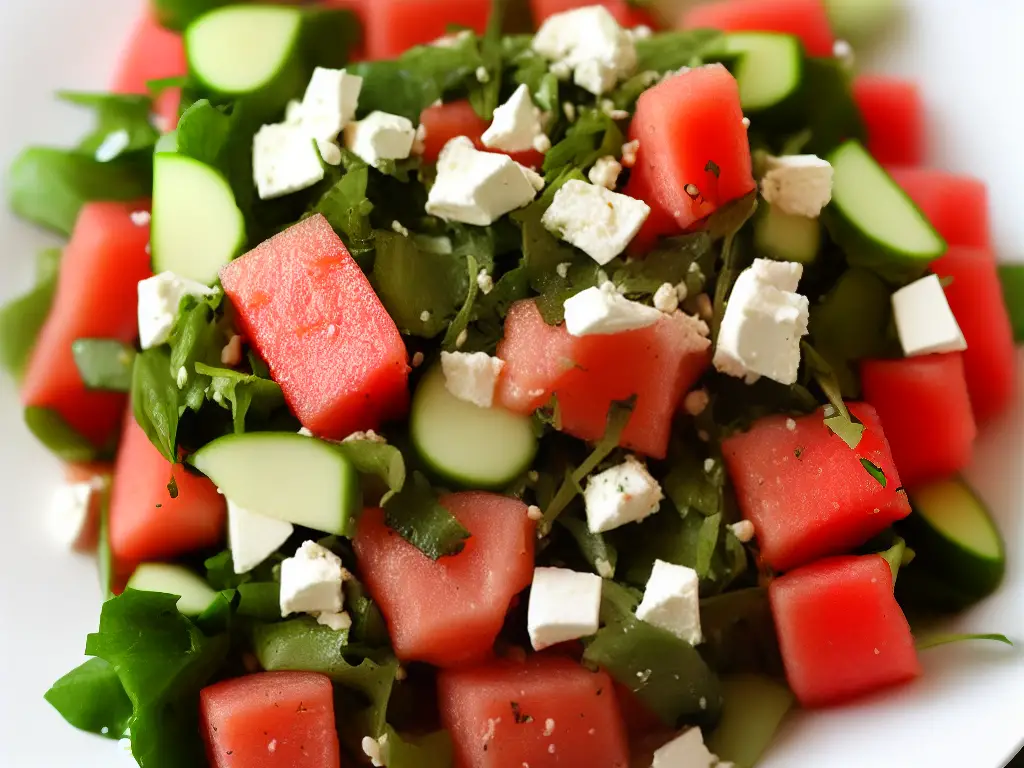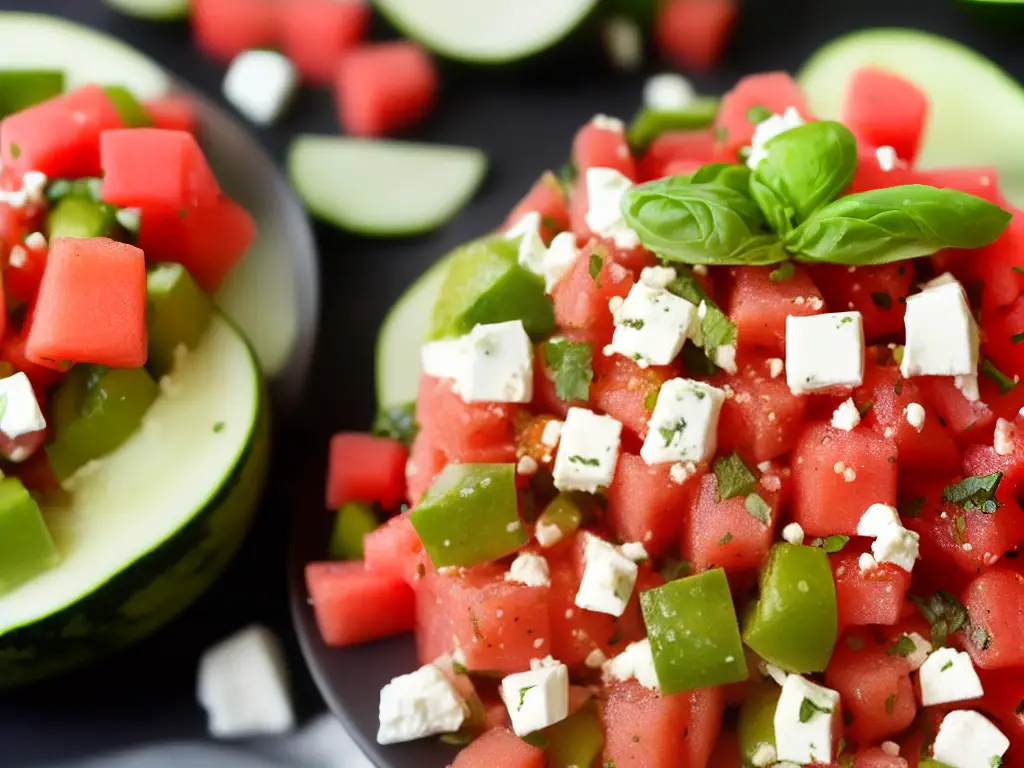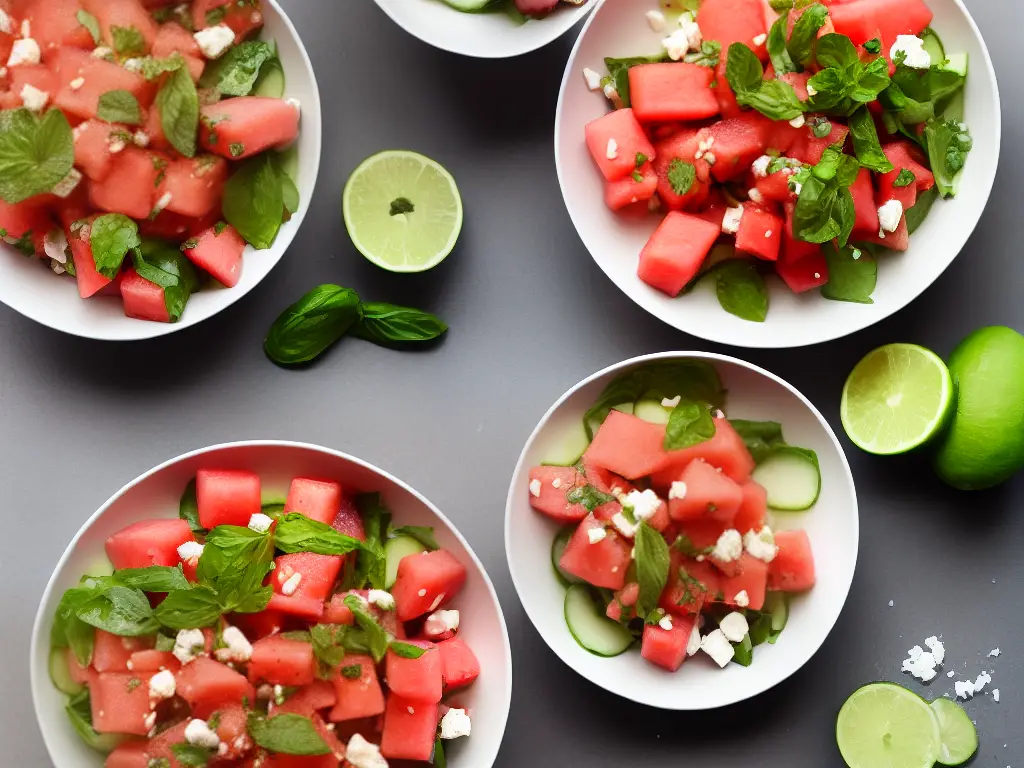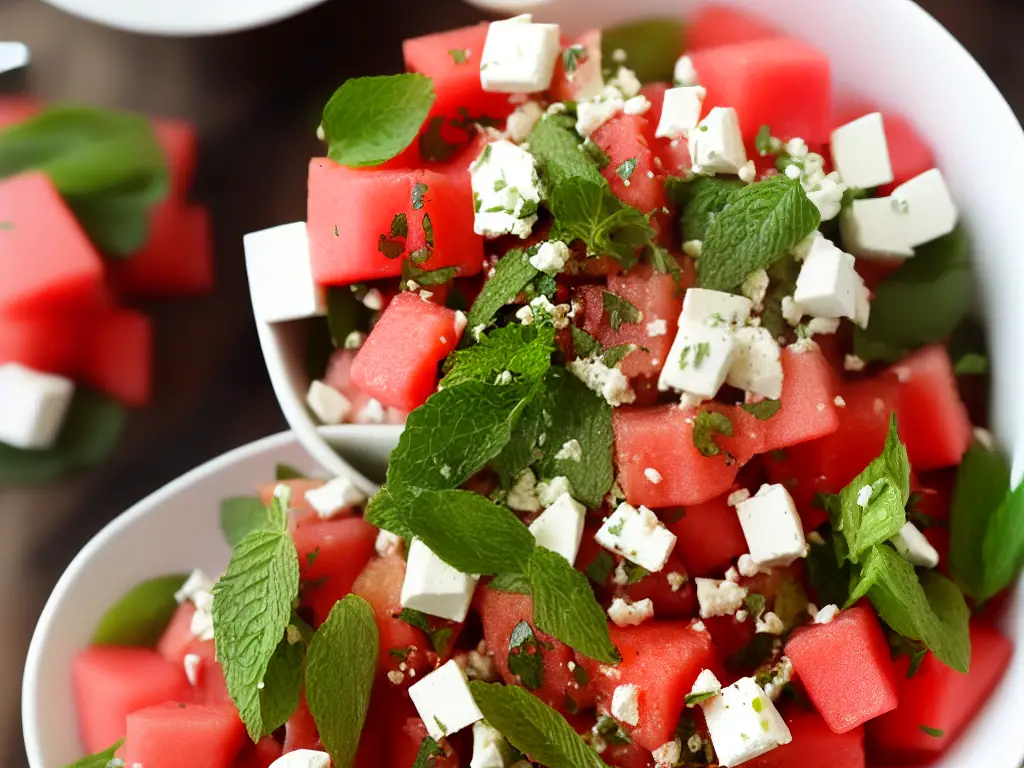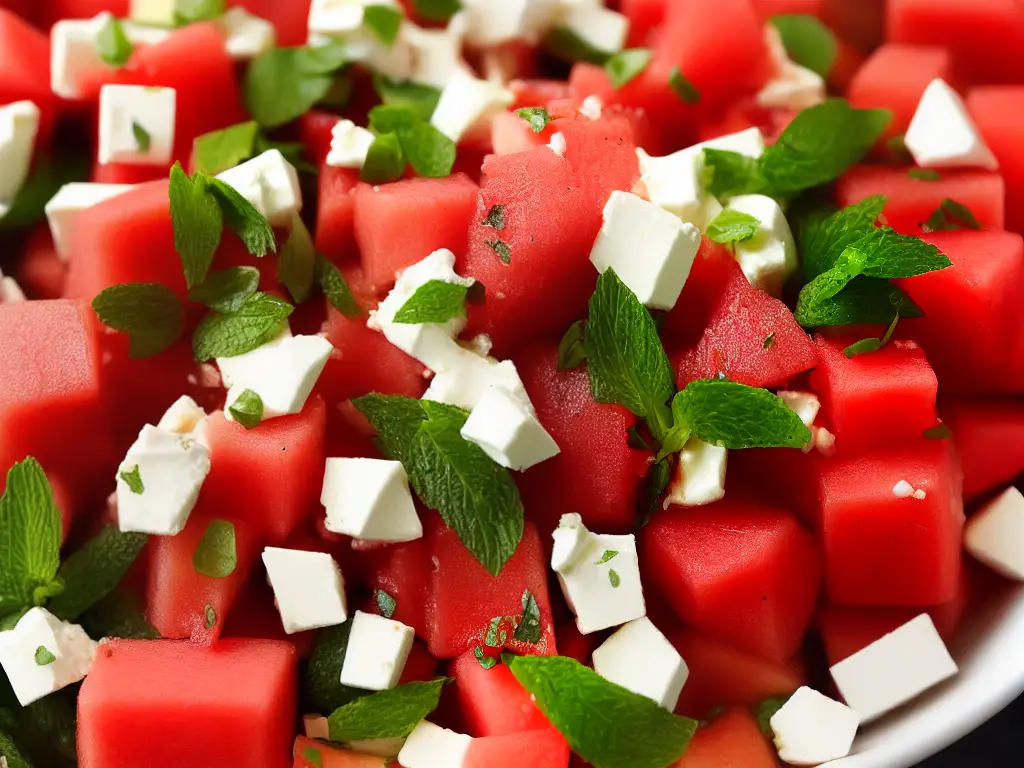Maintaining good oral health is essential for overall well-being, and using the right toothpaste plays a crucial role in the process. With countless toothpaste brands available in the market today, finding the best one that suits your specific dental needs may seem overwhelming. To make the selection process easier, we have compiled a list of top toothpaste brands that cater to various oral care concerns. Whether you’re looking for cavity protection, sensitivity relief, whitening, or all-natural ingredients, these top brands have got you covered.
Colgate
A confident smile can make a world of difference in our everyday interactions. To maintain a healthy and radiant smile, it is essential to choose the right toothpaste that caters to your dental care needs. Colgate is one of the most well-known and trusted brands globally, offering a multitude of oral hygiene solutions backed by years of research, innovation, and experience. Let’s delve into what makes Colgate stand out and why it deserves a spot on your bathroom vanity.
Wide Range of Product Offerings:
Colgate understands that everyone’s dental needs and preferences are unique. To cater to a broad and diverse audience, the brand offers a wide range of oral hygiene solutions, including toothpaste, toothbrushes, mouthwashes, and dental floss. The toothpaste solutions have been created to address specific concerns like cavity protection, whitening, sensitivity relief, and gum health. Whatever your dental care requirement, you can count on Colgate to have a product tailored to meet it.
Effective Fluoride Formula:
Colgate toothpaste is widely known for its effective fluoride formula, which sets it apart from many other brands in the market. Fluoride has been scientifically proven to prevent cavities and fight tooth decay by strengthening the tooth enamel. Colgate optimizes the fluoride levels in its toothpaste, creating a robust shield against cavities and ensuring a deeper clean for your teeth.
Research and Innovation:
Colgate prides itself on its commitment to research, innovation, and maintaining the highest standards of dental care. The brand collaborates with dental professionals and invests in the latest technology to ensure customer satisfaction in achieving and maintaining oral health. This dedication has solidified Colgate’s reputation as a reliable and efficient choice for improving and maintaining your dental hygiene.
Environmentally Conscious:
As a responsible corporate citizen, Colgate is also dedicated to preserving the environment. The brand has made substantial efforts to minimize its carbon footprint by reducing its water and energy consumption in manufacturing processes. Furthermore, Colgate also encourages its consumers to be environmentally conscious by suggesting simple steps like turning off the tap while brushing.
Conclusion:
The choice of toothpaste is a crucial aspect of maintaining good oral hygiene. Colgate, with its decades of experience, an extensive range of products, effective fluoride formula, and commitment to innovation, has proven to be a reliable option when it comes to dental care. Choosing Colgate means choosing a brighter and healthier smile for you and your loved ones. So, what are you waiting for? Let Colgate be your partner in your journey to a confident and captivating smile.

Crest
Among the top toothpaste brands in the market, Crest stands out for its dedication to providing high-quality oral care products for the entire family. This well-known brand has been building trust and improving smiles since its foundation in 1955. Let’s explore the journey of Crest and how it has become a go-to choice for oral care enthusiasts worldwide.
A History of Innovation
Crest made a groundbreaking entry into the dental care market when it introduced the first fluoride-based toothpaste – a revolutionary innovation at the time that transformed oral hygiene practices. As a result, Crest became the first toothpaste to receive the American Dental Association’s Seal of Acceptance. With its ever-evolving line of products, Crest continues to set the bar high in the world of oral care.
Products and Features
Crest offers a wide variety of toothpaste options, catering to specific oral care needs, including:
- Whitening: Crest’s whitening toothpastes boast of advanced technologies that help remove surface stains and maintain optimal teeth color, giving users a confident and radiant smile.
- Sensitivity Relief: For those with sensitive teeth and gums, Crest provides toothpastes that help protect and soothe by addressing the root cause of sensitivity.
- Enamel Protection: Crest’s Pro-Health range focuses on protecting and strengthening tooth enamel while safeguarding against cavitation and tooth decay.
- Gum Health: Crest’s line of gum-focused toothpastes offers effective protection against gingivitis, plaque build-up, and bacteria that can harm your gums and weaken teeth over time.
Oral Care for All Ages
Crest understands that oral care needs vary from person to person and even by age. Therefore, it has developed a range of toothpastes tailored to different age groups. Crest’s child-friendly toothpastes come with fun flavors and characters, making brushing an enjoyable experience for young children. For older adults, Crest offers toothpastes that focus on gum health and enamel protection, essential for maintaining healthy teeth and gums throughout life.
Conclusion
Crest’s dedication to innovation, backed by cutting-edge technology and strong clinical evidence, has made it a leading oral care brand trusted by customers and dental professionals worldwide. So whether you’re seeking whitening, sensitivity relief, enamel protection, or age-specific dental care, Crest has a solution that caters to your unique oral care needs. Give it a try, and see your smile shine like never before!

Sensodyne
Are you one of the millions of people worldwide who suffer from sensitive teeth? The seemingly simple act of enjoying your favorite hot or cold beverage can leave you wincing in pain or avoiding the treat altogether, thanks to tooth sensitivity. The good news is, there’s a toothpaste brand that’s specifically designed to address this issue – Sensodyne.
As a prime solution for individuals with sensitive teeth, Sensodyne has earned its reputation as the number one dentist-recommended toothpaste for sensitivity. With its unique formulations, Sensodyne toothpaste does more than just providing a fresh minty breath, it works diligently to relieve tooth sensitivity and build protection against sensitivity triggers, from cold and heat to acidity.
How does Sensodyne manage to do this? The magic lies in its active ingredients, such as potassium nitrate and stannous fluoride. Potassium nitrate penetrates deep into the tooth’s nerve, reducing the pain signals sent to your brain, while stannous fluoride focuses on strengthening and remineralizing the tooth’s enamel, providing long-lasting protection.
But addressing sensitivity doesn’t mean this toothpaste brand falls short on addressing other oral care needs. Sensodyne toothpastes cater to a variety of dental concerns, like cavity protection, whitening, gum care, and even tartar prevention. The result is an all-rounder toothpaste that caters to the overall oral health of individuals with sensitive teeth.
- Sensodyne Complete Protection: It targets seven main dental concerns, including sensitivity, cavity protection, gum care, and whitening, in a comprehensive toothpaste suited for everyday use.
- Sensodyne Repair and Protect: This variant has a distinct formulation that contains NovaMin technology, which actively repairs and strengthens weakened enamel, providing relief from sensitivity.
- Sensodyne Extra Whitening: For those with sensitive teeth, this toothpaste not only addresses sensitivity but also focuses on the gentle removal of stains and the prevention of stain build-up for a brighter, whiter smile.
- Sensodyne Pronamel: This toothpaste formulation helps protect teeth from the harmful effects of everyday acids, which may cause erosion of tooth enamel over time.
For those living with sensitive teeth, the simple and effective solution to restore comfort to your daily routine can be found in Sensodyne toothpaste. The brand’s specialized formulations help to relieve sensitivity, build protection against triggers, and maintain overall dental health, allowing you to enjoy your favorite foods and beverages without having to worry about pain or discomfort. With Sensodyne, a pain-free smile is only a brush away.

Parodontax
Gum problems can disrupt your oral health, leading to issues like bleeding gums, bad breath, and even tooth loss. However, there’s no need to suffer in silence, especially when toothpaste brands like Parodontax are on hand to tackle your gum-related concerns. Offering a comprehensive range of specialist toothpaste options, Parodontax is designed to target gum problems and promote overall oral health. In this article, we’ll be taking a closer look at what makes Parodontax the go-to toothpaste brand for gum health.
Parodontax: The Savior for Gum Problems
No one wants to deal with gum problems, especially when they cause discomfort and affect our day-to-day lives. One of the most reliable and widely-used toothpaste brands for gum health, Parodontax, was developed specifically to address the oral pain of those with gum problems. The toothpaste’s unique formula helps prevent bleeding gums, combat bad breath, and promote overall gum health.
Three Key Qualities of Parodontax Toothpaste
-
Unique Formula: Parodontax toothpaste is developed using a distinct formula designed to target and combat gum issues at their source. It incorporates stannous fluoride, which provides effective defense against gum problems and, in doing so, efficiently protects your teeth.
-
Range of Specialized Toothpastes: To cater to various oral care needs, Parodontax offers a wide selection of toothpaste products suitable for individuals in different circumstances. From the Parodontax Daily Care range that supports daily gum care to the Parodontax Whitening toothpaste designed to remove stains for a bright smile, there’s a perfect option for everyone. Additionally, the Parodontax Extra Soft toothpaste is created specifically for those with sensitive teeth, helping to alleviate tooth pain and provide extra comfort.
-
Focus on Gum Health: The foundation of Parodontax’s success is its unwavering commitment to gum health. As gum problems affect a considerable percentage of the population, Parodontax aims to promote good oral hygiene habits to keep gum issues at bay. Using Parodontax toothpaste regularly is key to maintaining long-term gum health and a confident smile.
Unique Formula: Parodontax toothpaste is developed using a distinct formula designed to target and combat gum issues at their source. It incorporates stannous fluoride, which provides effective defense against gum problems and, in doing so, efficiently protects your teeth.
Range of Specialized Toothpastes: To cater to various oral care needs, Parodontax offers a wide selection of toothpaste products suitable for individuals in different circumstances. From the Parodontax Daily Care range that supports daily gum care to the Parodontax Whitening toothpaste designed to remove stains for a bright smile, there’s a perfect option for everyone. Additionally, the Parodontax Extra Soft toothpaste is created specifically for those with sensitive teeth, helping to alleviate tooth pain and provide extra comfort.
Focus on Gum Health: The foundation of Parodontax’s success is its unwavering commitment to gum health. As gum problems affect a considerable percentage of the population, Parodontax aims to promote good oral hygiene habits to keep gum issues at bay. Using Parodontax toothpaste regularly is key to maintaining long-term gum health and a confident smile.
Conclusion
If you’re worried about the state of your gums or have started noticing bleeding when you brush, it’s time to take action and switch to Parodontax. With its targeted formula designed to combat gum problems, impressive range of specialized toothpastes, and commitment to promoting gum health, you’ll love the difference it makes to your oral care routine. Take the first step towards healthier gums and a happier smile today by incorporating Parodontax into your oral care regimen.

Tom’s of Maine
In the world of oral care, there is a constant bombardment of advertisements from countless brands claiming to be the best in teeth whitening, cavity protection, tartar control, and several other aspects of dental health. However, for many health-conscious individuals, navigating through this maze of synthetic products can be an overwhelming task. This is where Tom’s of Maine steps in, providing a trustworthy and reliable solution for those who prefer natural oral care products.
Tom’s of Maine started as a small family company back in 1970 with the mission to provide high-quality, sustainable, and natural personal care products. Today, the company is a leading brand in the world of natural oral care, offering products made only from carefully selected ingredients ensuring that the earth’s resources are protected and renewed.
What Sets Tom’s of Maine Apart?
- No Artificial Flavorings, Colors, or Preservatives
- Fluoride-Free Options
- SLS-Free Options
- Vegan-Friendly
- Targeted Solutions for Your Teeth and Gums
Tom’s of Maine ensures that their toothpastes are free from any artificial flavors, colors, and preservatives – meaning you won’t be exposing your teeth and gums to potentially harmful chemicals. Instead, Tom’s of Maine toothpastes use natural ingredients like peppermint oil and xylitol for pleasant flavors and sweetening.
For those who prefer to avoid fluoride in their oral care routine, Tom’s of Maine offers fluoride-free toothpaste options. These toothpastes utilize naturally derived ingredients to support healthy teeth and gums without the use of fluoride.
Sodium Lauryl Sulfate (SLS) is a common ingredient in toothpaste that creates the familiar foaming action when brushing. However, it can cause irritation, which is why Tom’s of Maine offers SLS-free toothpastes for those with sensitive teeth or mouths.
As a brand committed to the well-being of its consumers and respect for animal welfare, Tom’s of Maine toothpastes are vegan-friendly, and they don’t test their products on animals.
Tom’s of Maine recognizes that everyone’s oral care needs are different, and they provide a wide range of toothpaste options to cater to various concerns. Their products address cavity protection, teeth whitening, sensitivity relief, and tartar control, ensuring that you find the perfect toothpaste to suit your individual dental requirements.
Switching to natural oral care products doesn’t mean compromising on the quality, effectiveness, or the range of solutions for your dental health concerns. By opting for Tom’s of Maine toothpaste, you are choosing a brand that is conscious of your health, the environment, and the ethical treatment of animals. So why not make the switch to natural oral care and experience the difference with Tom’s of Maine?

Arm & Hammer
Oral care is essential, and choosing the right toothpaste can make a significant difference in maintaining good oral hygiene. Arm & Hammer toothpaste has been a household name for over a century, thanks to the incredible efficacy of baking soda. This article will dive into the reasons why Arm & Hammer toothpaste is a top choice, along with the variety of options available to cater to different dental care needs.
The Magic of Baking Soda
Arm & Hammer toothpaste owes its success to the power of baking soda, which serves as the primary active ingredient. Baking soda, or sodium bicarbonate, is a gentle yet effective natural abrasive that helps remove stains, plaque, and surface debris from tooth enamel. Moreover, its alkaline properties help neutralize the acids in the mouth, combating bad breath and reducing bacteria growth.
A Range of Toothpaste Options
Arm & Hammer offers a variety of toothpaste options to cater to various oral care needs, from whitening and enamel strengthening to sensitivity relief and gum health.
-
Whitening – Arm & Hammer’s Advance White toothpaste combines baking soda with peroxide, a powerful whitening agent, to help remove stains and brighten your smile.
-
Enamel strengthening – The Truly Radiant line of Arm & Hammer toothpaste contains calcium and fluoride, which aid in rebuilding and reinforcing the enamel surface and remineralizing teeth. This helps protect against acid attacks and cavities.
-
Sensitivity relief – Arm & Hammer’s Sensitive teeth toothpaste is designed to provide relief for those with sensitive teeth. It contains potassium nitrate, which naturally reduces tooth nerve sensitivity to hot, cold, or sweet stimuli.
-
Gum health – The Complete Care range of Arm & Hammer toothpaste aims to keep gums healthy by neutralizing harmful plaque acids, reducing inflammation, and strengthening gum tissue.
Why Choose Arm & Hammer Toothpaste?
Arm & Hammer toothpaste has earned its reputation as a leading contender among toothpaste brands, thanks to the fantastic benefits of baking soda and the range of dental care solutions offered. The benefits of Arm & Hammer toothpaste include:
-
Effective stain removal: The natural abrasive qualities of baking soda help remove stains and discoloration, leaving teeth visibly whiter and brighter.
-
Fresh breath: Baking soda neutralizes bad breath odors, resulting in long-lasting freshness.
-
Plaque reduction: Arm & Hammer toothpaste helps disrupt plaque formation and prevents its accumulation on tooth surfaces and along the gum line.
-
Fights cavities: The brand’s toothpaste varieties with added fluoride provide an extra layer of protection against tooth decay and cavities.
Conclusion
Arm & Hammer toothpaste is an excellent choice for those looking for an effective toothpaste that offers tailored dental care solutions. With baking soda as the cornerstone ingredient, Arm & Hammer toothpaste ensures a deep clean and promotes a healthy smile. From whitening and enamel strengthening to sensitivity relief and gum health, there’s an Arm & Hammer toothpaste designed to address any oral care need. Give it a try and experience the power of baking soda for yourself!

Hello
Oral hygiene is essential in maintaining good overall health, and using the right toothpaste is a crucial part of that process. With countless brands available in the market, it might be overwhelming to choose the one that best meets your dental needs. If you’re looking for a natural, vegan, and eco-friendly option, then say “Hello” to Hello toothpaste!
About Hello Toothpaste:
Established in 2012 by Craig Dubitsky, Hello is a cruelty-free toothpaste brand committed to providing innovative, effective, and eco-friendly oral care solutions. With the goal of creating products that are safe, natural, and free from harmful ingredients, Hello toothpaste is an excellent choice for those looking to make more ethical and environmentally-conscious choices in their daily routines.
Key Features:
- Cruelty-free: Hello toothpaste is certified cruelty-free by Leaping Bunny, meaning that neither the finished product nor its ingredients are tested on animals.
- Natural and vegan: The brand prioritizes the use of naturally derived ingredients, such as farm-grown mint and responsibly sourced xylitol. All Hello toothpastes are also vegan, containing no animal-derived ingredients.
- Free from harmful ingredients: Hello takes pride in its products being free from artificial sweeteners, dyes, sulfates, microbeads, and triclosan, some of which are known to harm the environment and pose potential health risks.
- Eco-friendly packaging: Hello’s toothpaste tubes are made from recyclable materials, and the brand is working towards making its packaging even more sustainable in the future.
Product Range:
Hello toothpaste offers a variety of products to cater to different dental needs, including:
- Whitening toothpaste: Formulated with natural ingredients like coconut oil and baking soda, Hello’s whitening toothpastes gently and effectively remove surface stains and brighten your smile.
- Sensitivity relief toothpaste: For those with sensitive teeth, Hello’s sensitivity relief toothpaste uses soothing ingredients like aloe vera and coconut oil to provide comfort and relief.
- Enamel strengthening toothpaste: Hello’s enamel strengthening toothpaste assists in remineralizing and strengthening tooth enamel, helping prevent and reverse early signs of enamel weakening.
Why settle for generic toothpaste brands when you can make an ethical and eco-friendly choice with Hello toothpaste? By choosing Hello, you’ll not only benefit from oral care products tailored to your dental needs, but you’ll also be making a conscious step towards a more sustainable and cruelty-free lifestyle. So, go ahead and give your teeth the wholesome care they deserve with Hello toothpaste!

Ultimately, your choice of toothpaste will depend on your individual oral care needs and preferences. The top toothpaste brands mentioned in this list offer a variety of specialized formulations that cater to various dental requirements. Keep in mind that maintaining a proper oral care routine, which includes regular brushing, flossing, and dental checkups, is also crucial for achieving optimal oral health. So, explore the benefits of these top toothpaste brands and find the perfect one for keeping your smile bright and healthy.

